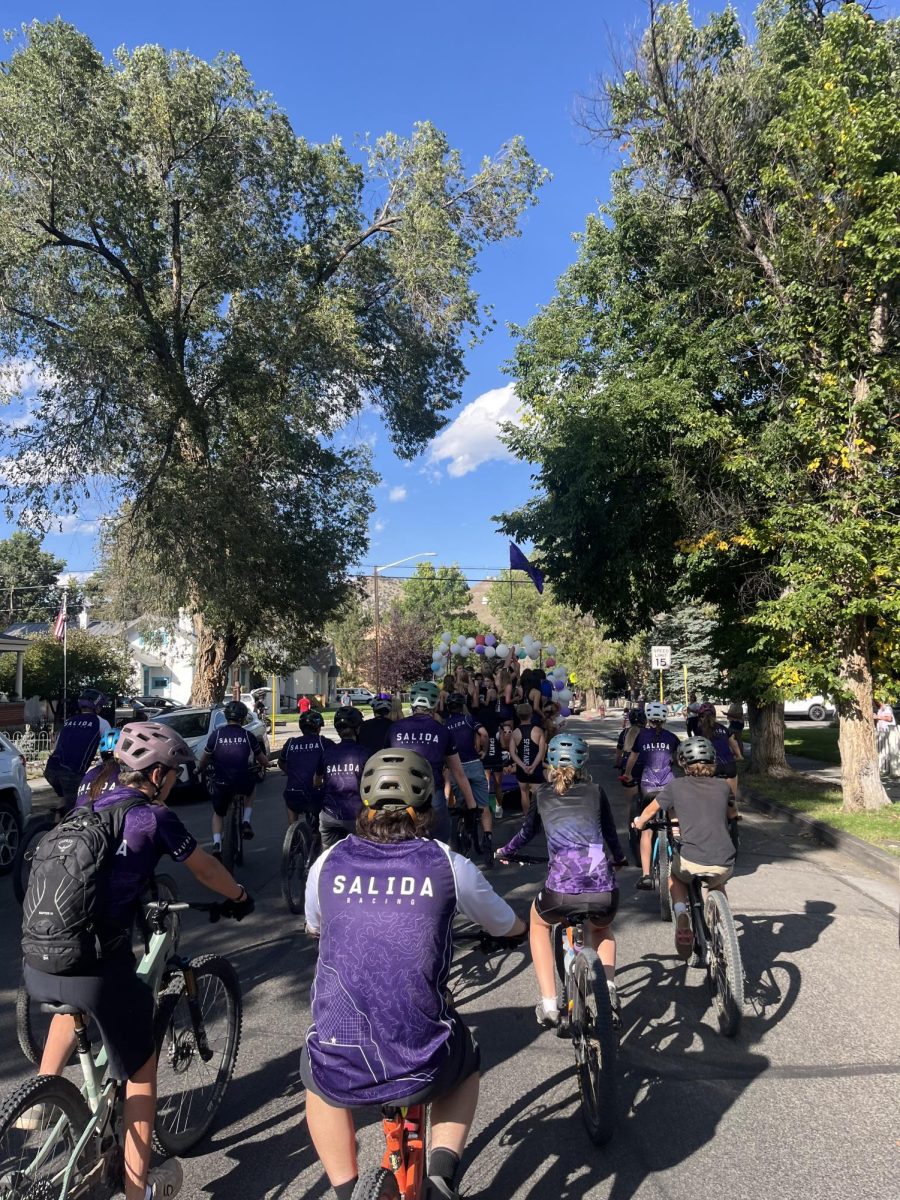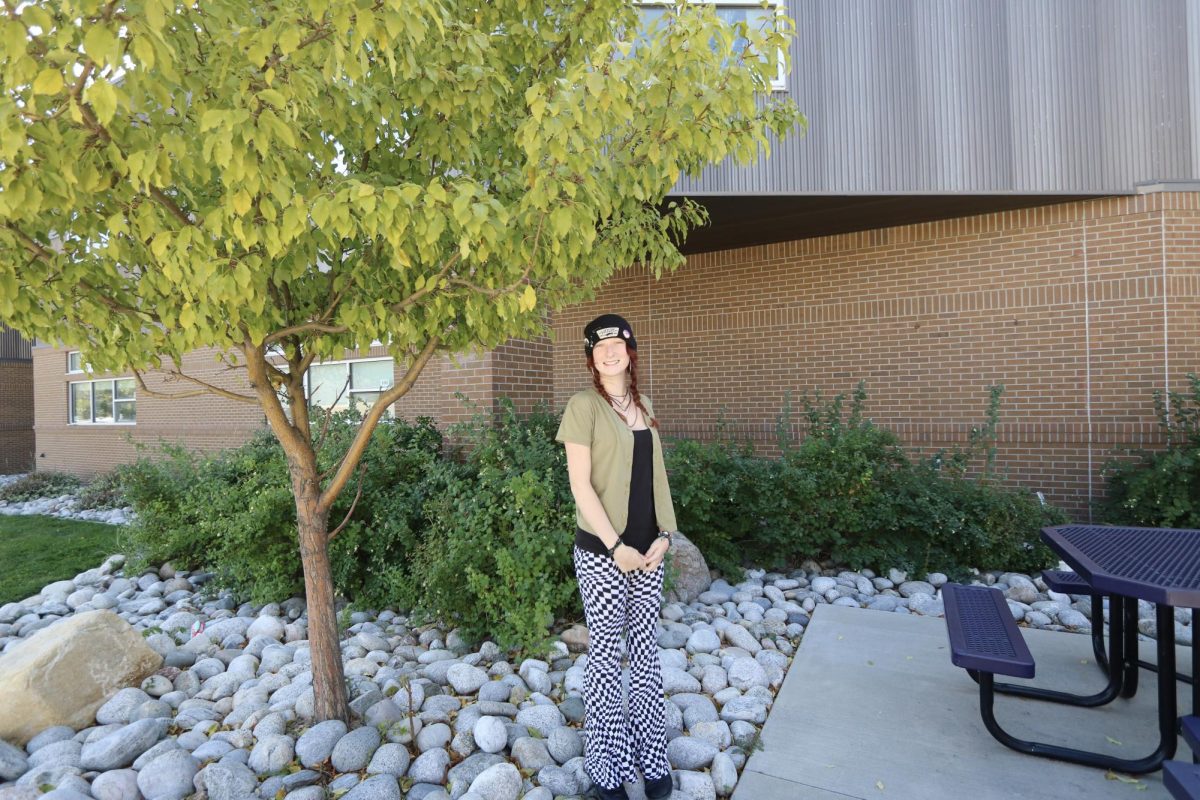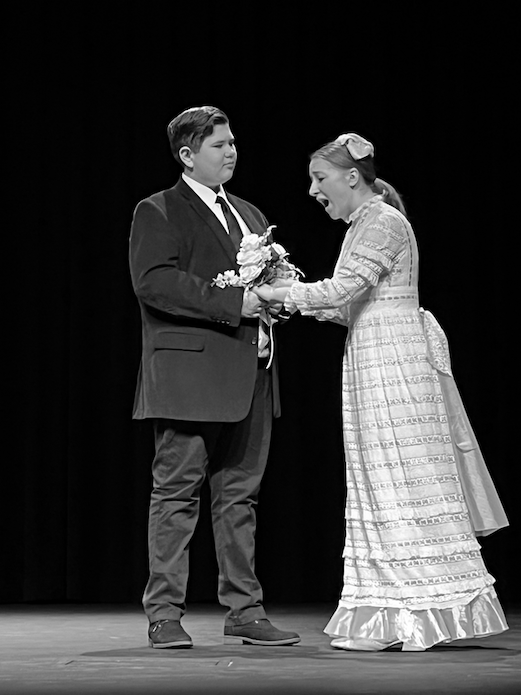Film has long been a way to share stories, spark emotions, and spread ideas. Now, teachers are finding new ways to bring that same power into the classroom. Whether it’s a short video or a full-length movie, film can prove to be a valuable teaching tool across different subjects.
History teacher Paul Brackmann has seen how film can make lessons more meaningful for students. “Films provide a closer look into the lives of people throughout history,” he mentioned. “When students see the struggles, emotions, and experiences of real people, it connects them to the material in a way that textbooks sometimes can’t.”
Brackmann and others often recommend movies that align with what their classes are studying, such as Hidden Figures for lessons on the space race or glory during a civil rights unit. However, he admits that showing films during class time can be tricky. “It takes up a lot of time,” he said, “so I mention films for students to watch in their free time.” Still, he believes film has a strong place in education. “In college, there are whole classes dedicated to film: history of film, film appreciation,” Brackmann said. In college, film is recognized as a legitimate field of study because it reflects culture, politics, and social change, so why not in high schools.
For teachers like Coach Luttrell, who teaches health and coaches, football films offer a way to change the pace of class and keep students engaged. “A different voice is too big to break up the lessons,” he said. When you bring in film, it’s not just the teacher of the class talking all the time. Students respond to visuals and stories when they wake up a bit. Luttrell often uses short documentaries or clips that tie directly to the topic at hand. He says that film can help reinforce lessons by giving students a visual connection to what they’re learning. “It’s another way to get the same message across,” he added.
English teacher Katie Regan also uses film, though in smaller doses. “I use short videos in class, not really long videos or movies,” Regan said. She often shows short adaptations of literature or author interviews to spark class discussions. “A short video can get students talking,” she added. “It breaks things up and can be used to teach skills pretty well.” Teachers agree that the key to using film effectively is balance. Too much screen time can lead to distraction, but when chosen carefully, a short clip or movie can deepen understanding. Films can also help students develop critical thinking skills, as they learn to question how history, culture, and storytelling are represented on screen.
Brackmann believes that when used well, film connects students to history and humanity in a unique way. “It helps students see those stories as part of a larger human experience, It connects them not just to the past, but to each other.” Whether it’s a two-minute video or a full feature film, teachers say film brings something new to the classroom. It provides fresh perspectives, sparks engagement, and shows that learning can happen through more than just lectures and textbooks. As technology continues to shape education, we may see film finding its own respective spot in the classroom.







